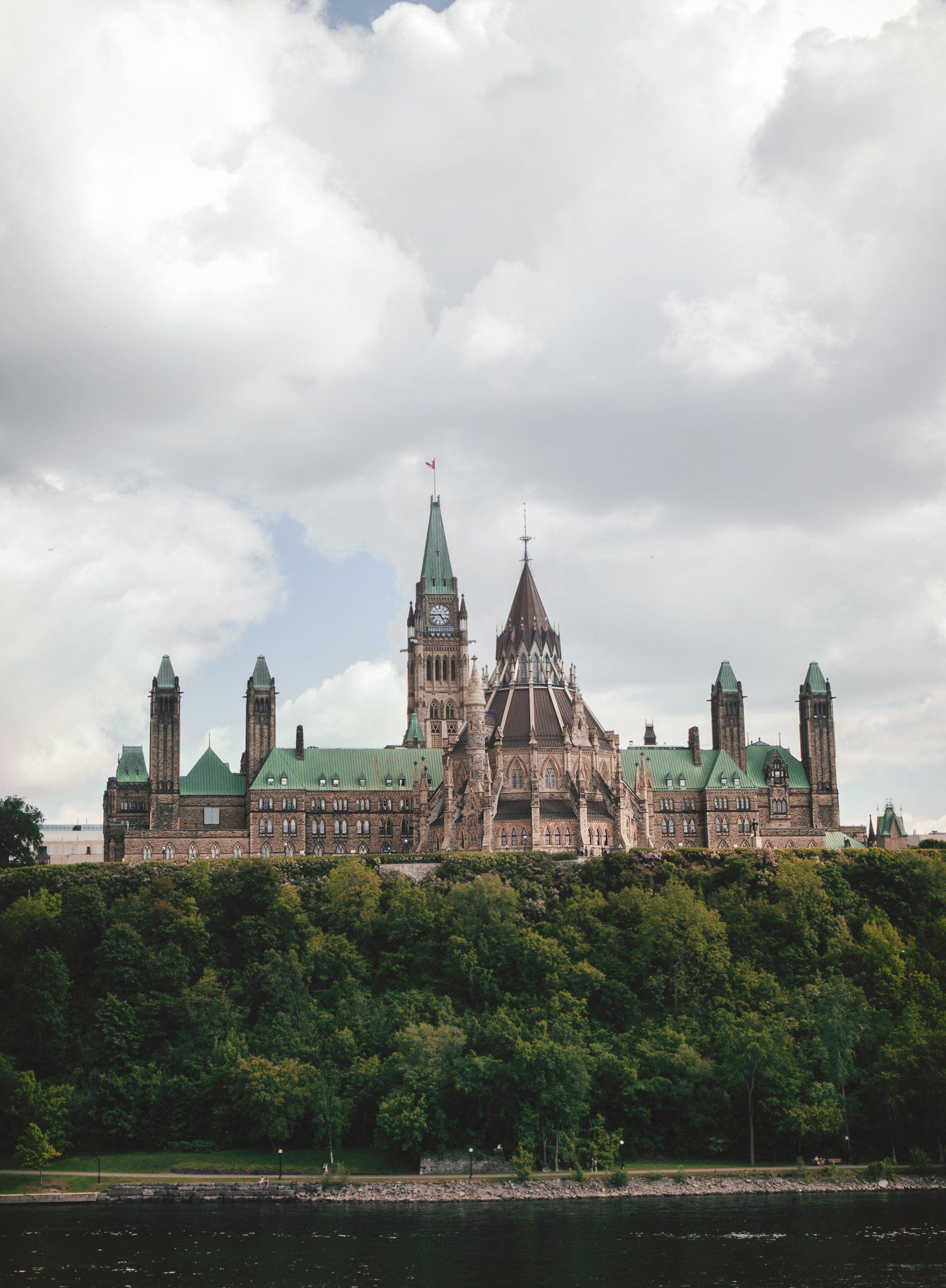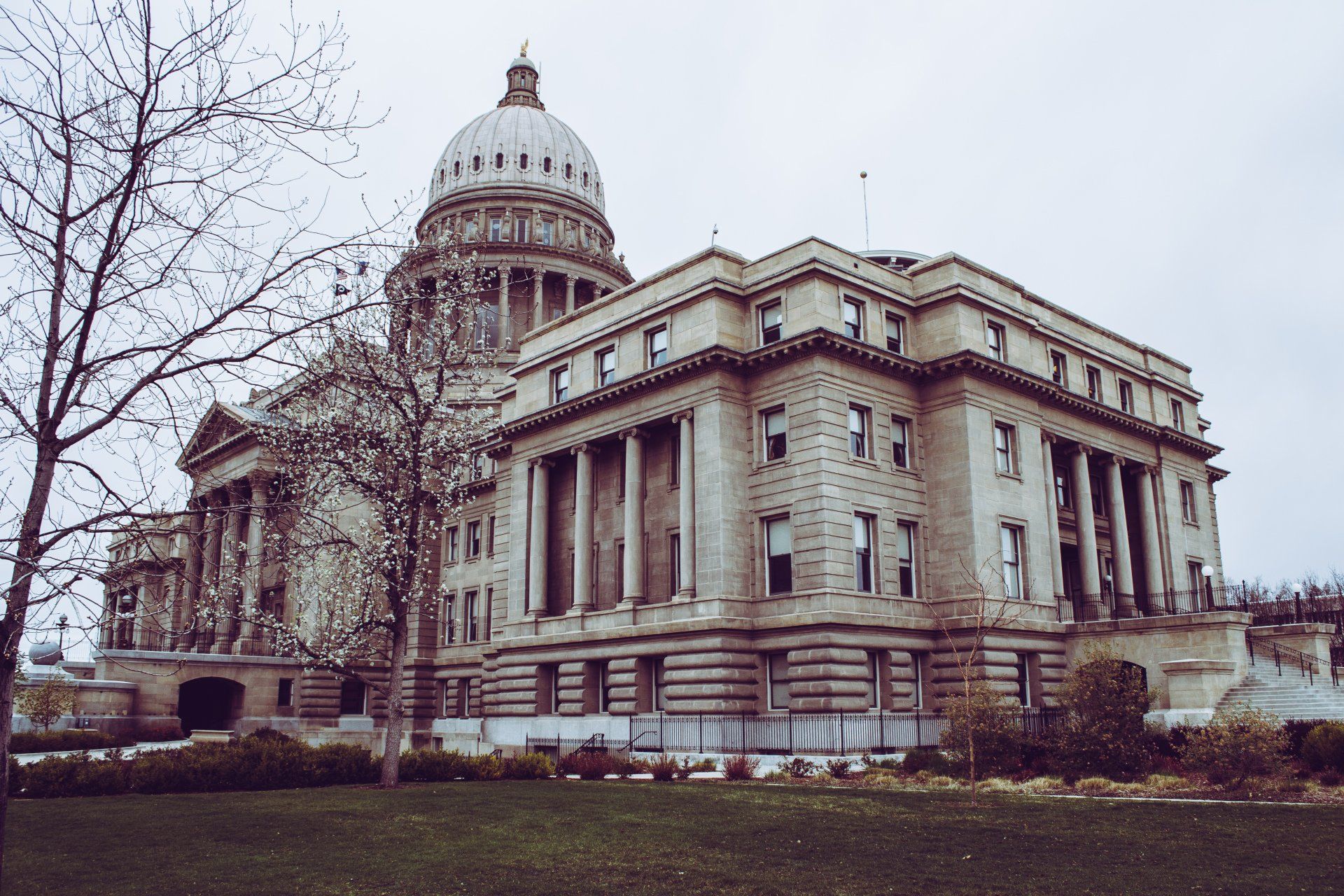Understanding Cryptocurrency
How New Technologies Stack Up Against Traditional Banks
In 2009, Satoshi Nakamoto issued a white paper outlining the idea behind Bitcoin. Since then, cryptocurrencies have exploded in popularity, use, and value. There are currently between 5,000 and 8,000 different cryptocurrencies with a combined market cap of $1.5 trillion. While most of these are small and relatively unknown, the two most popular, Bitcoin and Ether, are combined to be worth nearly $1 trillion.
As with any new technology, cryptocurrencies offer a wide range of advantages and disadvantages. Institutional and retail investors alike should be aware of the potential risks that come with buying and selling the digital coins, while their future as a true currency remains uncertain without widespread adoption.
Proponents of cryptocurrencies see them as the future of financial services. Those who are more skeptical view them as a risky and speculative investment. This article will compare the benefits of cryptocurrencies against the advantages of banks and other traditional financial institutions.
Decentralized and Not Controlled by Any Single Entity
To understand how cryptocurrencies work, it helps to compare them against traditional fiat currencies such as the US Dollar, British Pound, or Japanese Yen. These currencies are all issued and managed by central banks who implement monetary policies with the goals of, among many others, managing inflation, encouraging spending or saving, and stabilizing the macroeconomic environment against shocks and volatility.
Cryptocurrencies, by contrast, do not have any central authority or governing body. They are at once controlled by everyone and no one. Thousands of individual computers operate on a decentralized, distributed, peer-to-peer network. Together, they process, verify, and facilitate transactions, which are then recorded on the blockchain. The blockchain can be thought of as a permanent and distributed ledger of every transaction that has ever taken place.
This decentralized approach means that cryptocurrencies are free of government policies, central banks, or other authorities. No single entity can influence the entire network, and no one can prevent you from transferring coins, accessing the network, or viewing the public record.
Permanent, Transparent, and Secure Records
Cryptocurrencies and the underlying blockchain technology are extremely effective at validating, authorizing, and recording transactions. Each user has a private and public key. The private key provides access to the account, while the public key can be shared with anyone to send and receive funds. These are then used to verify the authenticity and integrity of transactions.
Computers are tasked with solving complex mathematical problems to verify the transaction and add it as a block to the existing chain. Participants in the network must agree that a transaction is legitimate and reach a consensus before it is confirmed and added. In public blockchains, like those used for Bitcoin, these records are publicly available. User information is kept private through unique IDs, though it’s important to note that these IDs are not truly anonymous and can be linked back to individuals with enough effort.
Once written, these records cannot be falsified, removed, or otherwise changed, and because there is no single point of failure, it is nearly impossible for hackers or other malicious actors to take control of the network.
Simplified International Trade and Money Transfers
An emerging and potentially exciting application for cryptocurrencies is their use in facilitating international trade, money transfers, and remittances. The global remittance market was valued at over $682 billion in 2018, and many crypto companies are exploring how to facilitate low-cost, convenient, and secure transfers without the need for banks or middlemen.
Access to international transfers is especially useful for individuals that rely on remittances or have historically had limited access to financial services. Cubans, for example, have started to embrace cryptocurrency to make purchases or investments online while avoiding US sanctions. Similarly, one remittance provider has transacted $235 million worth of Bitcoin across 5 countries in Africa. Though this remains a tiny sliver of the overall market, there are promising signs that crypto could be an alternative to traditional financial services.
Beyond individual use, companies have started to use cryptocurrencies for international trade. Bitcoin provides a common global currency that allows users to avoid the complexity, fees, and delays that come with moving money abroad. A typical wire transfer can take up to five days to complete, while most Bitcoin transactions can be completed in under an hour. Companies also gain a layer of protection against fraud or failed payments and a permanent, accurate record of every transaction.
Advantages of Traditional Banking Institutions
Generally Lower Risk and Volatility
Bitcoin and other cryptocurrencies have made headlines for massive price swings that can lead to billions of dollars in gains or losses. Since being valued at $1 in 2011, the price of a single Bitcoin surged to more than $20,000 USD in 2017 before crashing back to hover around $3,000 USD later that year. It rallied again in 2020 to an all-time high of $60,000 before falling back to around $40,000 today.
High risk can mean high reward, but this volatility should cause investors to think carefully about how much they are willing to lose. Small-scale retail investors are especially vulnerable to getting caught up in the hype on the way up, only to lose out when it falls again. Likewise, institutional investors have been hesitant to add such extreme volatility to their portfolios.
A recent Deutsche Bank report predicts that Bitcoin and other currencies will remain “ultra-volatile” due to limited tradability and the outsized impact of a few large investors. Others see volatility as a natural part of the price-discovery process, predicting that the price will stabilize as the market matures.
Of course, stocks, bonds, and other assets are all subject to risk and volatility, but investors typically have more information available to them and can protect against these risks through diversification. When investing in stocks, for example, investors can review public financial information in addition to technical indicators and price signals to predict the company’s strategy, performance, and future growth.
Stronger Consumer Protections and Recourse
A lack of a centralized authority may be an advantage, but it can also result in some important limitations compared to traditional banks. Banks and brokerages must have insurance to protect consumers in case of bankruptcy. Likewise, credit cards must protect against fraudulent transactions or unauthorized activity, and they are empowered to reverse charges and return funds. Similar institutions and regulations do not exist for cryptocurrencies.
This was highlighted in the 2014 bankruptcy of Mt. Gox. The crypto exchange handled more than 80 percent of global Bitcoin transactions before it was discovered that 850,000 coins had been stolen. At today’s price, this loss would be valued at more than $34 billion. Coin owners had little recourse, though Mt. Gox recently offered creditors up to 90 percent of their remaining coin as reimbursement.
Finally, crypto users are solely responsible for their access to accounts. There is no “forgot password” option, and this has led to some users losing out on millions of dollars worth of coins. All told, an estimated 20 percent of all Bitcoins ever mined, about $140 billion, are thought to be lost or locked in inaccessible wallets.
Easier to Use for Everyday Payments
The biggest advantage of traditional financial services is that they are far easier to use for day-to-day activities. Cash is nearly universally accepted, while the majority of North Americans have access to personal credit and debit cards. With widespread adoption and existing infrastructure, it’s simply more convenient for most people to use.
The previously mentioned volatility also reduces the viability of cryptocurrencies for everyday payments. The rise in price has meant that a cup of coffee purchased with Bitcoin in 2017 would be worth hundreds or thousands of dollars today. Many companies that do accept crypto payments convert to traditional currencies as soon as possible to protect against losses.
Finally, the IRS has classified cryptocurrencies as assets, meaning that users are subject to capital gains and must report the value of the currency at the time of payment. Payment apps help to manage this, but the added layer of complexity is yet another barrier to widespread use.
A 2020 report found that only 1 percent of Bitcoin transactions in the US were used to purchase goods or services. There remains a long way to go before cryptocurrencies can seriously compete against the $3.7 trillion spent on credit cards in 2018.
Long-Term Fate of Cryptocurrencies Remains Uncertain
Cryptocurrencies have taken the world by storm since they were first introduced just over a decade ago. But their future remains uncertain, and whether they can overcome the barriers to widespread use and adoption is not yet guaranteed. While some see them as the future of banking, others will find that existing financial services, currencies, and institutions work well enough for most things. Regardless, it is likely that new applications and use cases for cryptocurrencies will continue to emerge, and it will be fascinating to see how this exciting technology evolves and adapts over the coming years.


